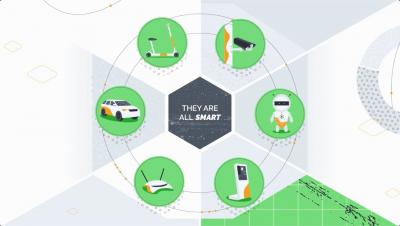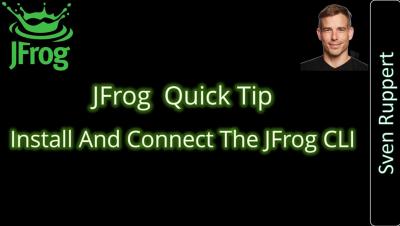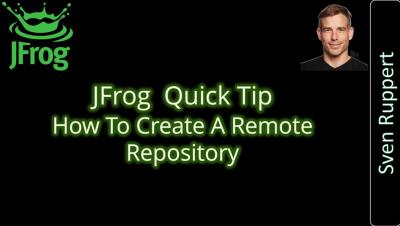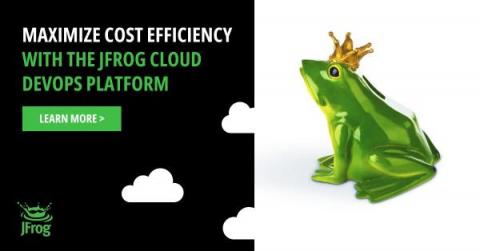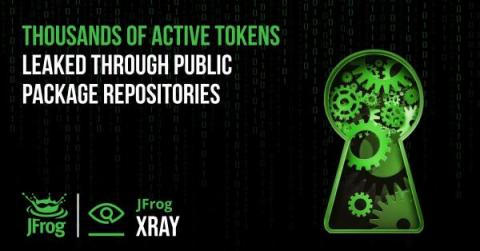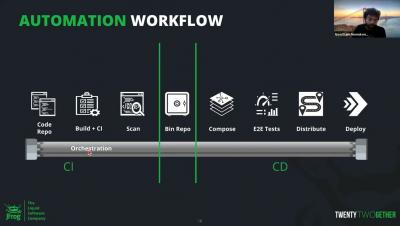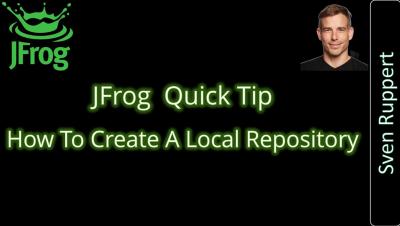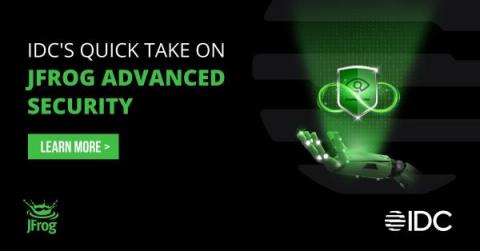JFrog Connect IoT Device Management Solution
JFrog Connect is an all-in-one platform to manage, update, control, monitor and secure remote Linux & IoT devices, at scale, with the click of a button. New products are being developed all the time, and in today's world they are all smart, connected with complex software. Save development time with the first plug and play device management platform for connected devices - with all the necessary tools and features to manage and maintain the product fleet remotely. Including over the air update tools, remote debugging, monitoring and securing.


